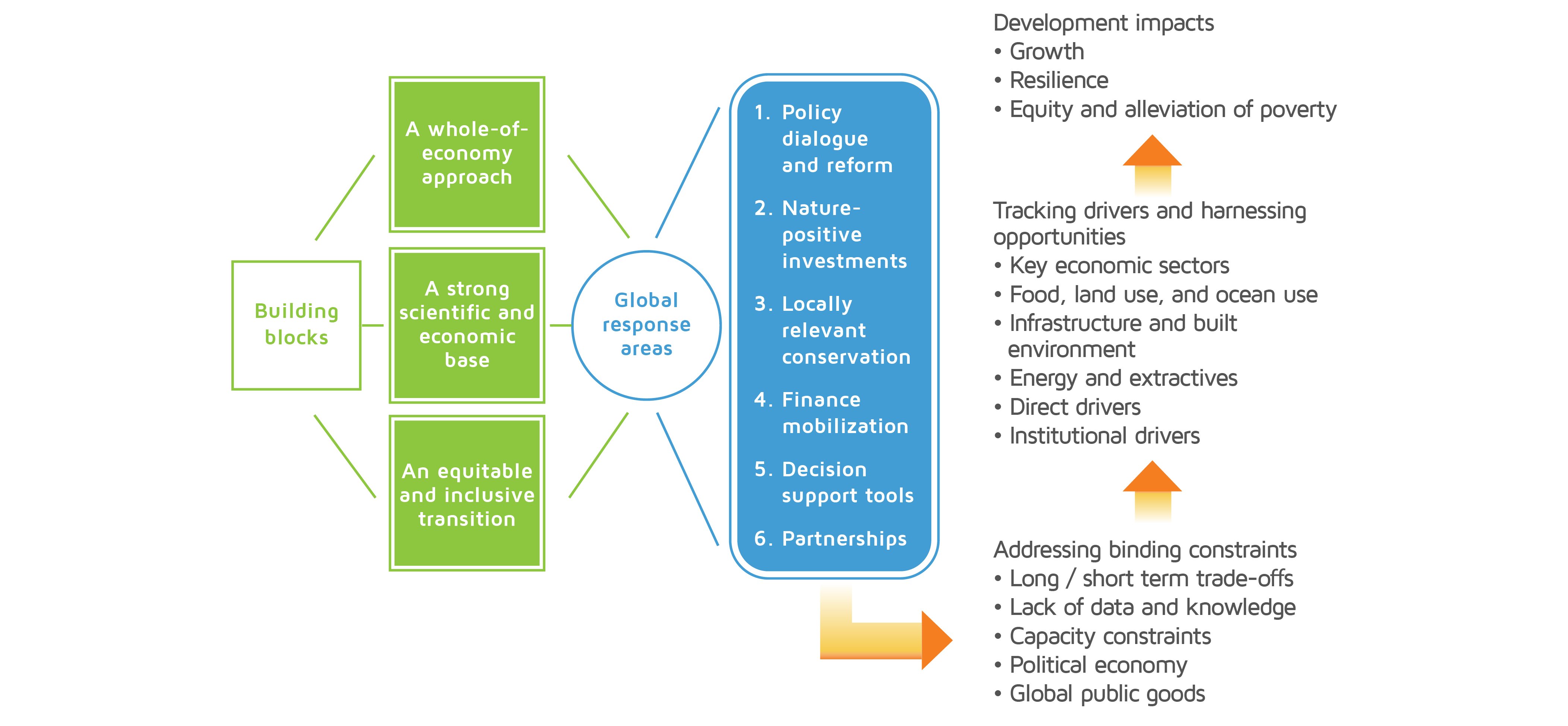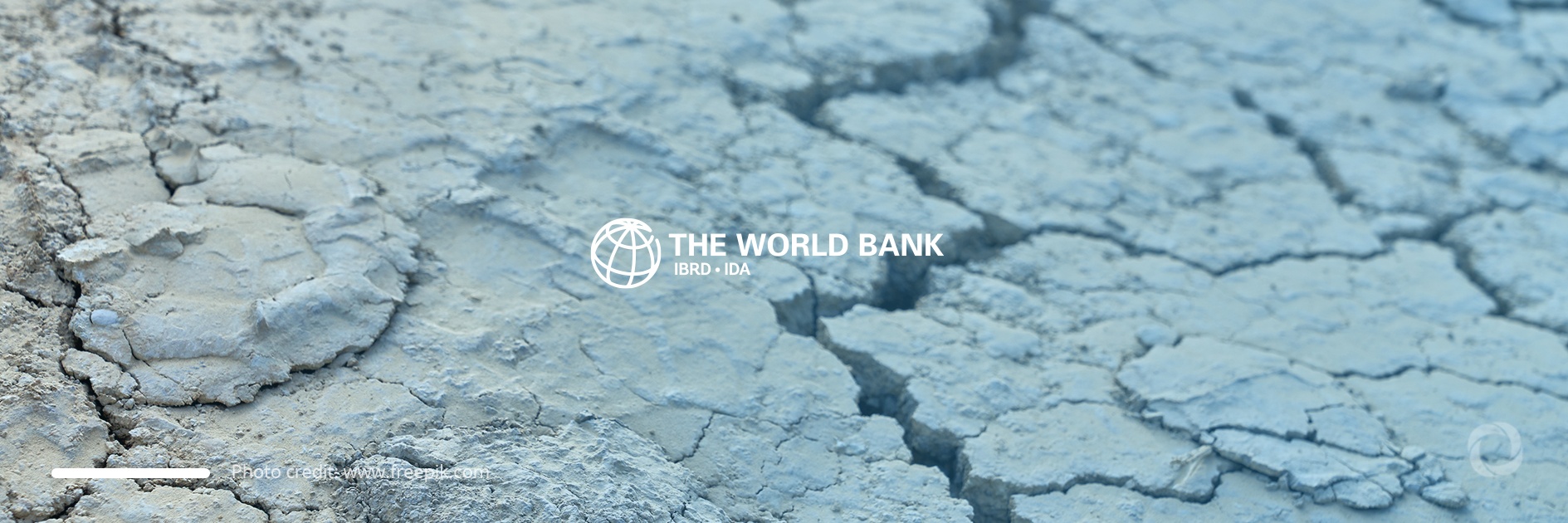Nature is deteriorating at an extraordinary speed and scale notes a newly released World Bank report titled “Unlocking Nature – Smart Development: An Approach Paper on Biodiversity and Ecosystem Services”. The risks related to the global deterioration of blue and green biodiversity and ecosystem services will impact the poorest economies the most, according to the World Bank.
Ecosystem services are defined in the Millennium Ecosystem Assessment as the benefits, both natural and managed, that humans derive from ecosystems. The report emphasizes the importance of biodiversity and ecosystem services as these lay the foundation of the economy and underpin it in a tangible, measurable way. Assessments state that US$44 trillion, over half of the world’s, universal value-added, gross domestic product is produced by industries greatly or moderately dependent on nature and its services. For instance, over 75% of food crops depend on animal pollination and around three billion people rely on marine biodiversity for essential protein consumption and livelihoods.
Fig.1. Percentage of Direct and Supply Chain Gross Value Added with High, Medium, and Low Nature Dependency, According to Industry

Vulnerable under the most threat
The alarming figures presented in the report show that nature loss is occurring at an unprecedented rate. Close to one million types of animals and plants out of world’s overall eight million are in danger of extinction while 14 out of the 18 assessed categories of ecosystem services have declined since 1970 according to estimates. In terms of climate change, the risks associated with nature loss are systemic. The World Bank warns that a serious deterioration of nature will affect communities, value chains, and economies while low-income countries are expected to be significantly affected.
According to the report titled “The Economic Case for Nature”, should a certain level of ecosystem services collapse, sub-Saharan Africa and South Asia are expected to lose 26% (equivalent to US$359 billion) and 18% (equivalent to US$316 billion) of their 2021-2030 real GDP growth respectively. Several countries may experience a 45% deduction in their GDP growth while it is estimated that low-income countries may record a 31% decrease in real GDP growth (equal to an aggregate US$82 billion between 2021 and 2030) and it is estimated that lower-middle-income economies may experience a 20% decline worth US$730 billion over the same period. Renewable natural capital accounts for almost 23% of the wealth in low-income countries while 79% of the total population living under the poverty line is located in rural regions and strongly depends on natural resources.
Karin Kemper the Global Director for Environment, Natural Resources and Blue Economy at the World Bank, said:
“An increasing number of countries are recognizing that risks posed by nature loss can be detrimental for all parts of the economy and are starting to seek solutions. The impact of nature loss is felt most in low-income countries. We are trying to find solutions that go beyond protecting and conserving, but touch all parts of the economy, including the financial sector.”
Nature-Smart Development as a solution
The paper calls for a global reaction to the biodiversity crisis. It highlights that in order to succeed, the response should be systemic and it should take “a whole-of-economy” form. The report suggests six universal response areas that could put countries on a more sustainable track:
Fig.2. Global Response Areas for Nature–Smart Development


